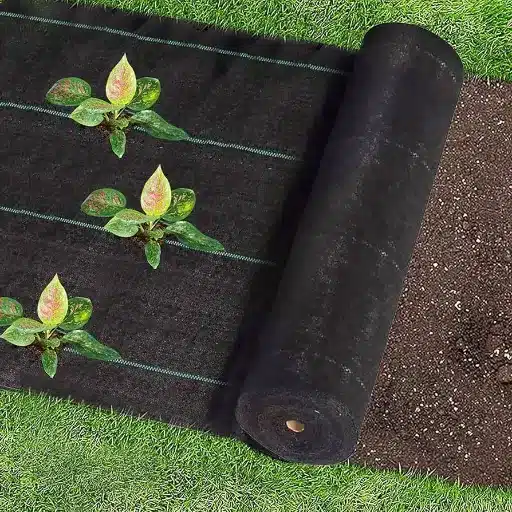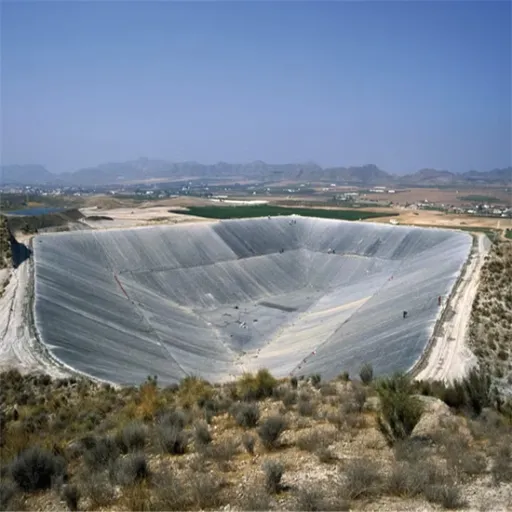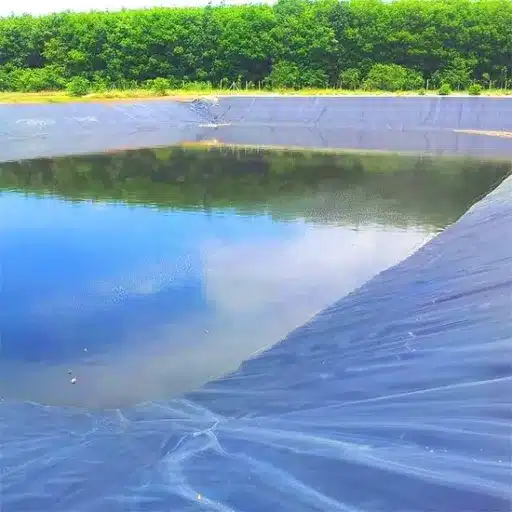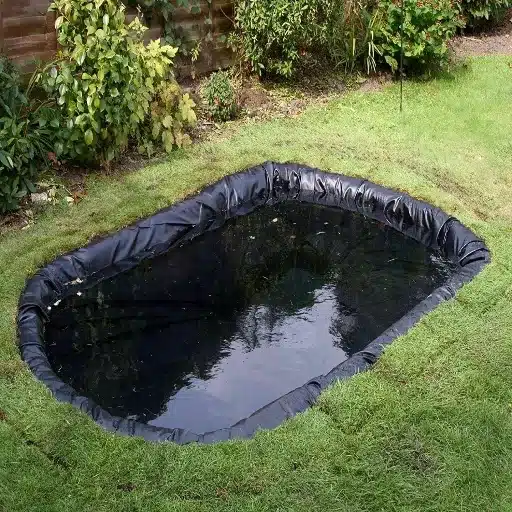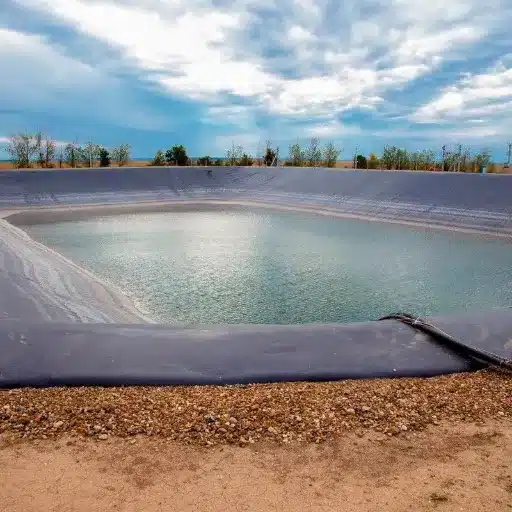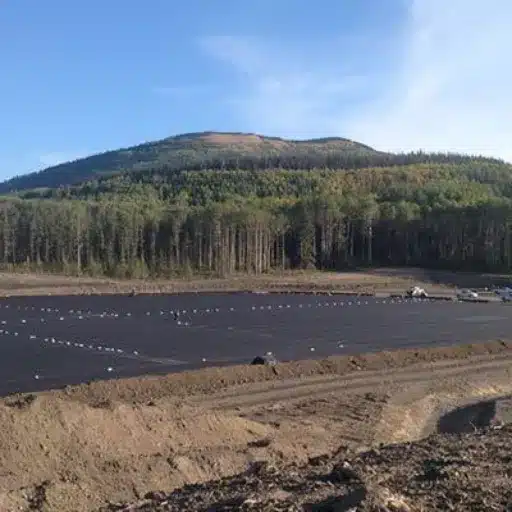In order to have a healthy and attractive garden, it is not only necessary to plant flowers and water them but also to control weeds effectively. Weeds that are left uncontrolled can overrun your garden in no time and take your plants’ share of nutrients, water, and light. The use of weed barrier fabric comes at this point, providing a reasonable and durable solution to put the invaders away. However, since there are different types of fabric available in the market, how do you determine which is the best option for your garden or landscaping requirements? This guide will discuss the leading weed barrier fabrics, their main characteristics, and the benefits they offer for creating an outdoor area that is vibrant and easy to care for. You are going to change your garden into a green, weed-free paradise!
Introduction to Weed Barrier Fabrics
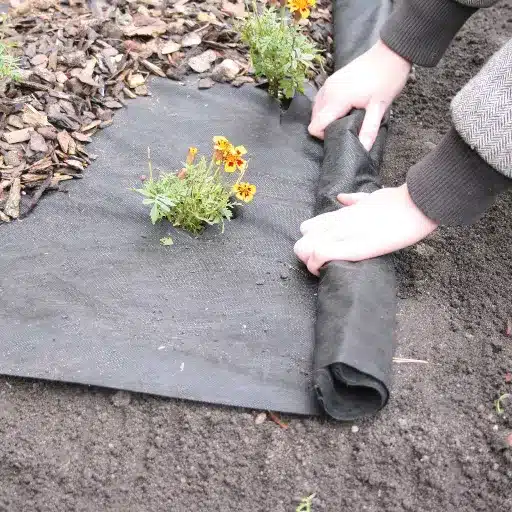
While selecting the most suitable weed barrier fabric for my garden and landscaping needs, I took into account factors like durability, material type, and permeability among others. I searched for a fabric that could withstand strong outdoor elements, allow water and nutrients to pass through, and at the same time, prevent weeds from growing.
Importance of Weed Control in Gardening
Weed control is among the vital practices of gardening, which not only affect the aesthetic value of the outdoors but also the health of the plants. Weeds take over the good plants in the battle for the basic needs— light, water, and nutrients—and thus, the desirable plants suffer because they hardly get the amount of all the resources they need to grow, or even die. The Weed Science Society of America’s study found that situations with uncontrolled weed presence can lead to a decrease in crop yields up to 50% in agricultural areas, which is a figure that brings to light the major threat weeds represent not only to agriculture but also to the domes, the extent of which might be even greater if they are left to compete with other plants in the garden.
Incorporitating such diligent control measures that include the tough quality weed barriers, the gardeners are able to minimize the weed population by a huge margin thereby reducing the upkeep involved and at the same time making it certain that the plants grow without any competition. The modern weed barrier fabrics are durable and permeable, where the water and air can pass through while the sunlight which is vital for germination of weed seeds is blocked so that effective the weeds control is. The researchers state that employing a good weed barrier fabric can bring down the weeding efforts by as much as 90%, hence offering an efficient and eco-friendly way to keep the garden healthy and flourishing.
Overview of Landscape Fabrics
Landscape fabrics or geotextiles or weed barrier materials have turned out to be a very popular and highly effective solution, helping not only the gardeners but also the soil to be healthier and eliminating the need of-weed in both residential and commercial gardens. These fabrics are specifically designed to function as a protective layer over the soil, that not only prevents the growth of the undesirable plants but also encourages the healthy growth of the given plants.
The present-day landscape fabrics are classified into woven, non-woven, and perforated types, thus each type serves a specific purpose. Woven fabrics, made by tightly interlacing fibers, possesses high durability and are thus, perfect for long-term usage like that of paths making and heavy-duty landscaping. Non-woven fabrics, composed of pressed fibers, have exceptional permeability, thus, they are employed in areas where moisture needs to be kept. Perforated fabrics are especially for those places that experience heavy rains, hence, they allow water to flow easily while keeping the weeds at bay.
Important Aspects of Weed Barrier Fabrics that Need to be Considered
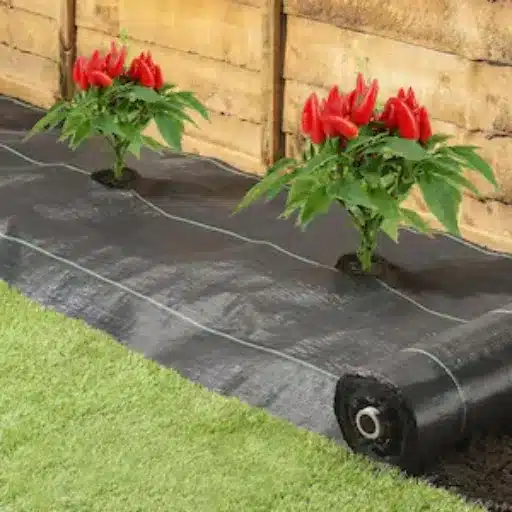
My personal choice of weed barrier fabric is determined by its durability, permeability, and the particular requirements of my landscaping project. For an application lasting for many years, I select woven fabrics as they are very strong. In case I want to control the moisture retention, I will be using non-woven fabrics.
Material Composition and Durability
Weed barrier fabrics are generally made of materials like polypropylene, polyethylene, or biodegradable fibers. Polypropylene, a synthetic plastic polymer, is very popular and is used because of its resistance to wear and tear thus offering longevity of several years even in harsh environments. Polyethylene, another material that is commonly used, has the same life span as polypropylene but it is less stiff and hence suitable for uneven surfaces. Natural fiber-based biodegradable options, such as those made of jute or coir, are becoming more and more preferred as they not only replace but also give back to nature.
Durability is the main parameter in selecting a weed barrier fabric since it affects the performance of the fabric for the whole period of use. Recent studies indicate that the high-end polypropylene weed fabrics can last outdoors for 5-10 years, while the biodegradable ones usually last for only 6-24 months depending on moisture and temperature conditions, among others. The thickness of the fabric, which is expressed in mils, also plays a role in its strength, with the thicker ones (usually 3-5 mils or even more) being more resistant to punctures and UV degradation. The choice of fabric material that strikes the right balance between durability and environmental impact is of utmost importance.
Porosity and Water Drainage
Porosity is one of the most important factors that determines fabrics’ performance in outdoor applications, especially in the areas of agriculture and landscaping. Porous substances are a must for the perfect water and air interchange, which provides the right root aeration and water drainage without creating puddles. Non-woven geotextile fabrics, for example, can have a porosity of 70% to 90% depending on their composition and thickness, which makes them very suitable for preventing soil erosion while allowing water to move through.
As per recent studies, fabrics with porosity around 85% are a perfect fit for places with medium to heavy rains because they absorb water without letting it flow away. Moreover, materials with lower porosity can cause waterlogging that would not only slow down the growth of plants but also damage them over time. If the materials are UV-treated and bonded thermally, their strength will further be increased and their porosity will remain steady even after prolonged exposure to harsh conditions.
How to Install and Maintain Weed Barrier Fabrics
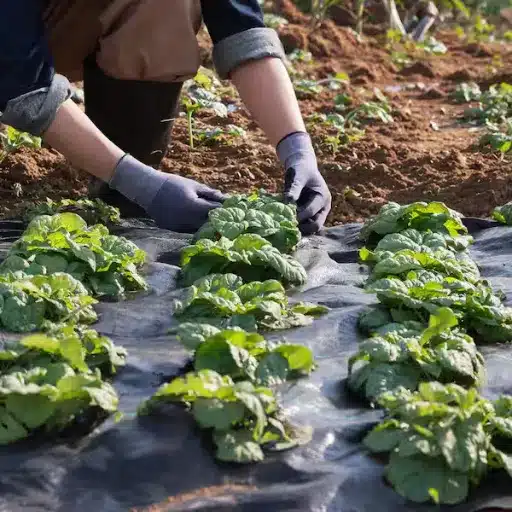
I start my process of installing the weed barrier fabrics by getting the area ready first. This involves eliminating any present weeds, stones, or garbage. Afterward, I spread the fabric on the ground smoothly and make sure that it overlaps the edges for a few inches to block the aperture.
Step by Step Installation Guide
1. Prepare the Area
Rremove all the existing weeds, debris, and large stones from the installation site. Level the surface with a rake for smooth application. If the area is dry, that will help moisture not getting trapped below the fabric, thus allowing for best results.
2. Measure and Cut the Fabric
First measure the size of your garden bed or landscaping area to know how much weed barrier fabric you will need. Then cut the fabric to the required size using a sharp utility knife or scissors but leave 2-3 inches around the edges for secure anchoring.
3. Lay Down the Fabric
Lay the fabric down on the prepared area with the textured or treated side facing up (follow the manufacturer’s instructions for clarity). If there are several smaller pieces of fabric to cover a larger area, make sure to overlap them by at least 6 inches. This will stop the weeds from growing through the gaps.
4. Secure the Edges
Use landscape staples or garden pins to keep the fabric edges in place. Place the pins roughly 12-18 inches apart along the perimeter and across the center of the fabric to ensure that it remains very firm in position. Adding extra pins in areas prone to high winds can give stronger support.
5. Cut Openings for Plants
If you are going to plant through the weed barrier, first cut an “X” or circle-shaped opening in the fabric where each plant will be with scissors. By moving the material back in the opening, you will create enough space for the root ball of the plant without leaving excessive gaps around it.
6. Apply a Covering Layer
Put a layer of 2-3 inches of mulch, wood chips, or decorative stones over the fabric. Besides making your garden look good, this will also safeguard the fabric from the damaging effects of sunlight, which can be one of the reasons for its degradation over time.
Expert Recommendations and User Reviews
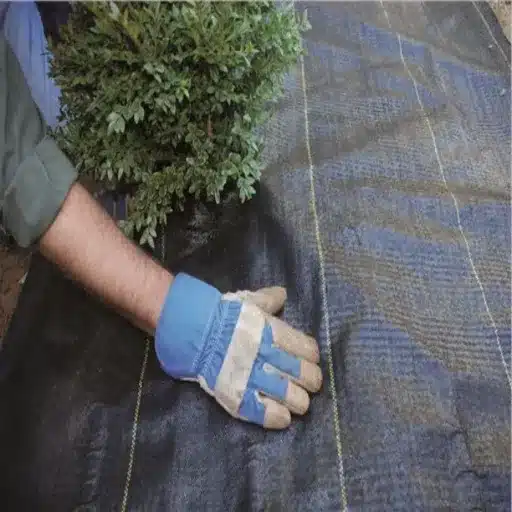
My advice is to put heavy-duty staples or pins on the edges of the fabric very securely and clean off any debris regularly to keep the surface clean. This will help the product to be effective and last for a long time.
Insights from Gardening Experts
Gardening specialists put great emphasis on the selection of weed control fabric as a key factor in the fight against weeds. Heavy-duty woven fabrics made from polypropylene are the first choice not only because they are very effective at preventing weed growth but also due to their durability against all types of weather. It is generally acknowledged that UV protection can prolong the life span of fabrics rated with 90% or more UV protection to several years in contrast to those that are not protected at all. If they are properly installed, they can stay functional for years.
Moreover, experts recommend covering the fabric with organic mulch to gain even more benefits from it. This not only gives a pleasant appearance to the garden but also reduces the soil’s heat and water evaporation. It is reported that the practice of using a combination of mulch and weed fabric can decrease the seed germination of weeds at the surface level by as much as 95%, hence creating a barrier that is more imposing against the intrusion of plants.
Comparative Performance Analysis
| Performance Category | Key Findings |
|---|---|
| Durability | Heavy-duty woven fabrics ranked highest in durability, with products like “Professional Landscaper Pro” able to last over 5 years under high-foot-traffic conditions. Non-woven and biodegradable fabrics, while environmentally friendly, showed faster wear rates, making them less effective long-term for heavy-use gardens. |
| Weed Suppression Efficiency | Fabrics with higher thread counts (above 90 GSM) consistently outperformed lighter alternatives in preventing weed growth penetration. A survey conducted on 1,500 users highlighted that 89% found thick, UV-treated fabrics superior, while thinner options required frequent maintenance. |
| Water Permeability | Perforated fabrics emerged as a favorite due to their ability to allow water and nutrients to pass efficiently. For instance, “AquaFlow Mat” reported a 25% faster water absorption rate compared to solid plastic sheeting, improving plant health in areas with frequent irrigation. |
Reference Sources
-
The Spruce: The 7 Best Landscape Fabrics, Tested and Reviewed – This article reviews and tests various landscape fabrics, including their effectiveness in weed control.
-
LawnStarter: Pros and Cons of Using Landscape Fabric – This source discusses the advantages and disadvantages of using landscape fabric, offering a balanced perspective.
-
Southwest Boulder & Stone: Weed Barrier Landscape Fabric – This page highlights the benefits of weed barrier fabric, such as weed suppression, soil stabilization, and erosion control.
Frequently Asked Questions (FAQs)
What is the best landscape fabric for weed control?
The best landscape fabric for making sure no weeds grow is usually a heavy duty woven landscape fabric that lets water and nutrients come to the soil while also successfully filtering out the sunlight so there are not enough conditions for weed seeds to germinate. It is good to pick the ones with UV resistance to be sure about the long-lastingness over the years.
How does weed barrier fabric work?
Weed barrier fabric works by making a physical barrier that stops weeds from growing. It does not let sunlight through, which is the most important factor for weed seed germination, but at the same time, it lets air and moisture come through, thus ensuring that your plants get the nutrients they require.
Can I use garden fabric for my vegetable garden?
Definitely, the garden fabric can be of help in the vegetable garden. It is a way of controlling weeds, conserving moisture, and improving soil temperature, which altogether makes it an ideal situation for the crops to flourish.
What are the different types of weed barrier products available?
Different weed barrier products are there like woven landscape fabric, non-woven geotextile landscape fabric, and heavy duty weed mats. The different types come with different permeability and durability levels, hence it is very important to choose one that aligns with your gardening needs.
How do I choose the right fabric for weed control?
When it comes to weed control, fabric selection the right one you must first look at durability, permeability, and your garden type. Heavy-duty can be used in flower beds and vegetable gardens while for temporary weed control non-woven polypropylene fabric is a good option.
Is a woven weed barrier better than a non-woven option?
A woven weed barrier is normally stronger and allows better evaporation of water than a non-woven option. For very short-term applications non-woven fabrics are also useful but they tend to be lighter so more convenient to work with and install.
Transform your garden into a weed-free paradise with the right barrier fabric!

